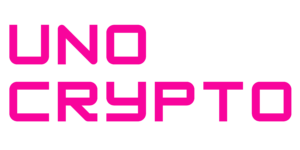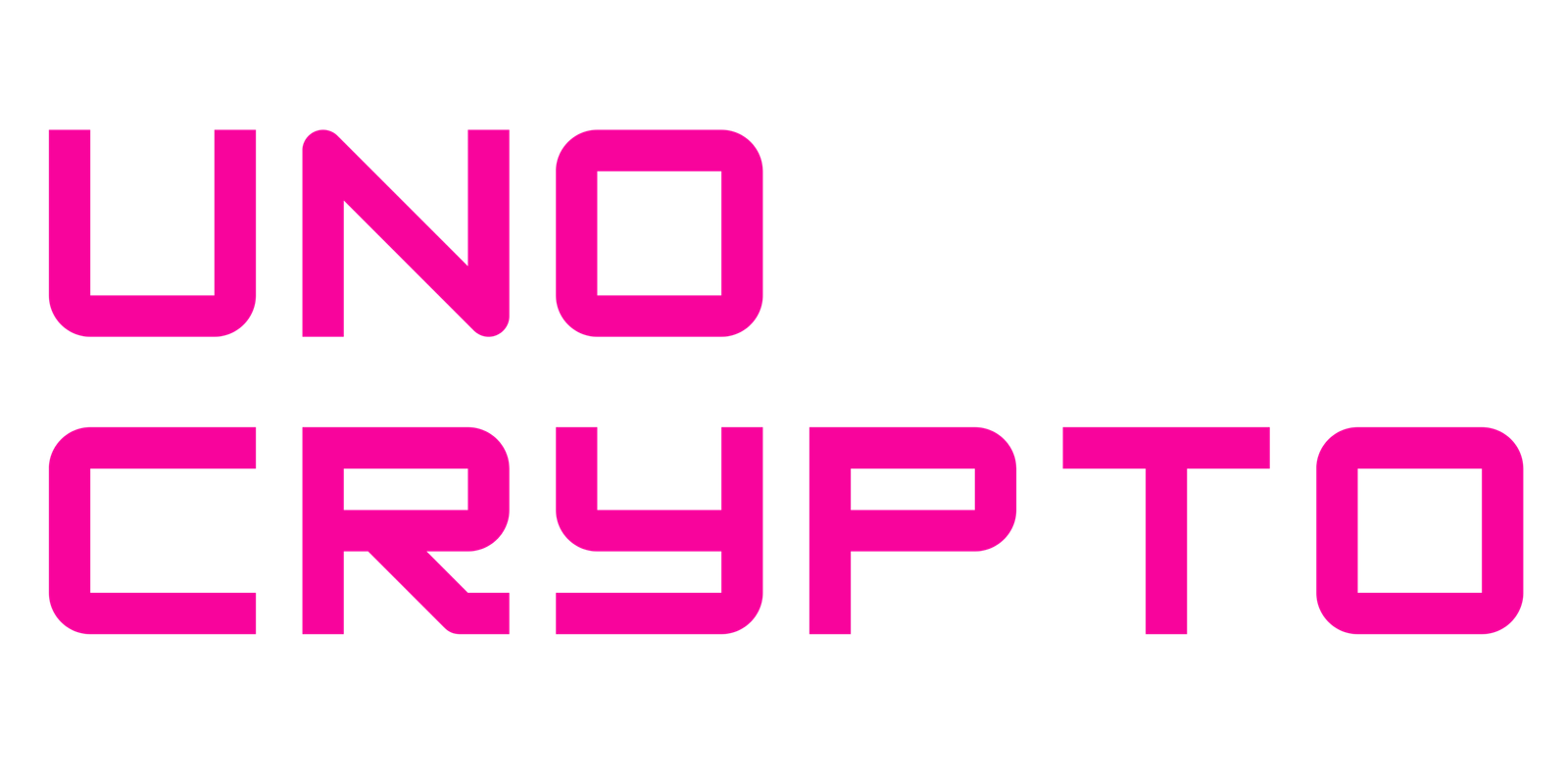Move Industries, the team behind Movement Network, said on Monday it will migrate the network from a sidechain to a sovereign Layer 1 blockchain to boost speed and add native staking.
The move will add support for Move 2.0, let users stake unlocked MOVE tokens, and raise throughput to more than 10,000 transactions per second with sub-second finality. A public testnet will launch soon, and mainnet migration is planned by the end of 2025.
New performance goals
The change will apply across Movement Network and its apps, and aims to remove the current single point of failure in the sequencer by replacing the sidechain setup with a full L1 architecture.
The biggest change is speed, and the L1 design aims for more than 10,000 transactions per second. Finality will be under one second, and that is a major jump from 500 to 600 TPS cap. MoveVM will be able to run at a higher speed without the current sequencer bottleneck.
The team says the architecture also removes the single point of failure formed by the centralised sequencer. Builders should see far faster confirmations and smoother mobile experiences.
Native staking and token rules
The upgrade brings native MOVE token staking for the first time, and only unlocked tokens will be allowed to stake. The rule is meant to keep staking fair and to guard network security.
Locked tokens held by investors and core contributors will not count for staking. Move Industries says this should make validator selection reflect real community commitment rather than short-term profit chasing.
Move 2.0 support and developer tools
Movement will add support for Move 2.0, and that new language version gives developers more tools. It includes enum types and function values, features that make some patterns simpler to code.
A public testnet will open soon so builders can try the platform. The team expects the mainnet migration before the end of 2025 if tests go well.
Infrastructure and real-world plans
The L1 is built to handle real-world asset tokenisation and mobile-first workflows. The team sees use cases in tokenised bonds, property and payments that move quickly on phones.
The upgrade follows the June Monza update, which already raised activity. This L1 step is meant to raise the on-chain experience again for users and apps.
Validator model and community role
Move Industries wants validators to be partners in growth, and the validator slots will go to aligned community members and organisations that show long-term commitment.
The team says it will not hand slots to parties simply chasing quick returns. Candidate applications will open after the testnet launch. Staking will begin after the mainnet migration.
MOVE price actions and team overhaul
MOVE is trading at roughly $0.1256 with a 1-day rise of 0.18%. The market cap stands near $345.51M, up about 2.03% recently. Reported 24h volume spiked to roughly $90.5M with a jump near 242.07%.

In May, Movement Labs removed co-founder Rushi Manche after a market-making scandal involving 66,000,000 MOVE tokens. That amount was roughly 5% of the supply. The firm then restructured as Move Industries.
New leaders Torab You and Will Gaines, both early team members, now run the group. They say they will be more open with the community and strengthen governance.
Transition plan for users
Users do not need to act during the migration, and Move Industries says funds, contracts and current activity will remain intact. The change should be invisible to end users while giving developers and validators new tools. The team stresses it will handle the migration in a way that keeps apps running.
The immediate focus is on the testnet, and that phase will show how the new stack behaves under real load. If tests match expectations, mainnet moves will follow in phases. The project hopes the L1 will help onboard more users and more real-world use.
Also Read: Google Cloud Rolls Out Layer 1 Blockchain Called Universal Ledger For Banks And Markets


